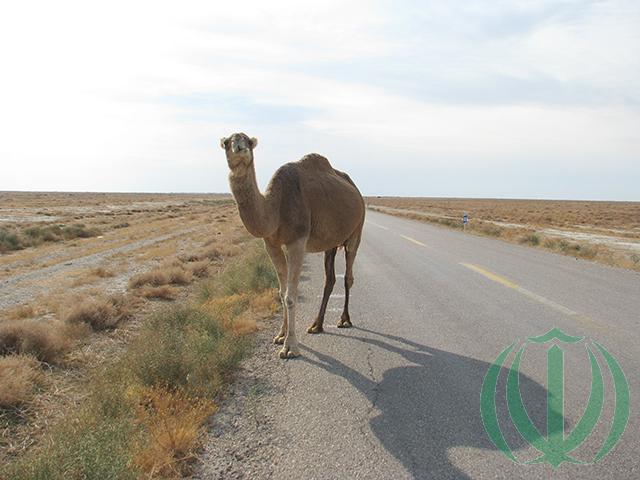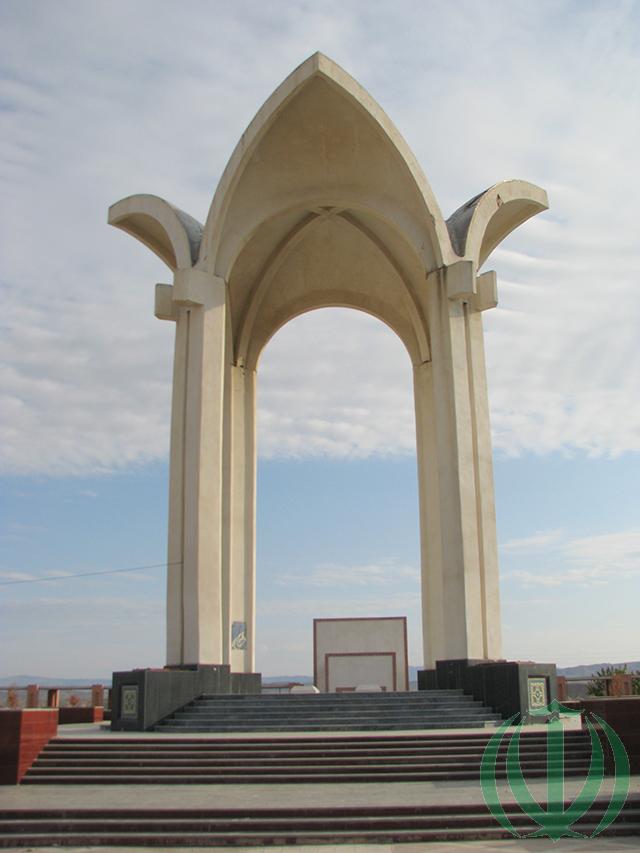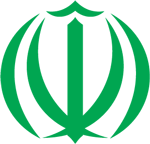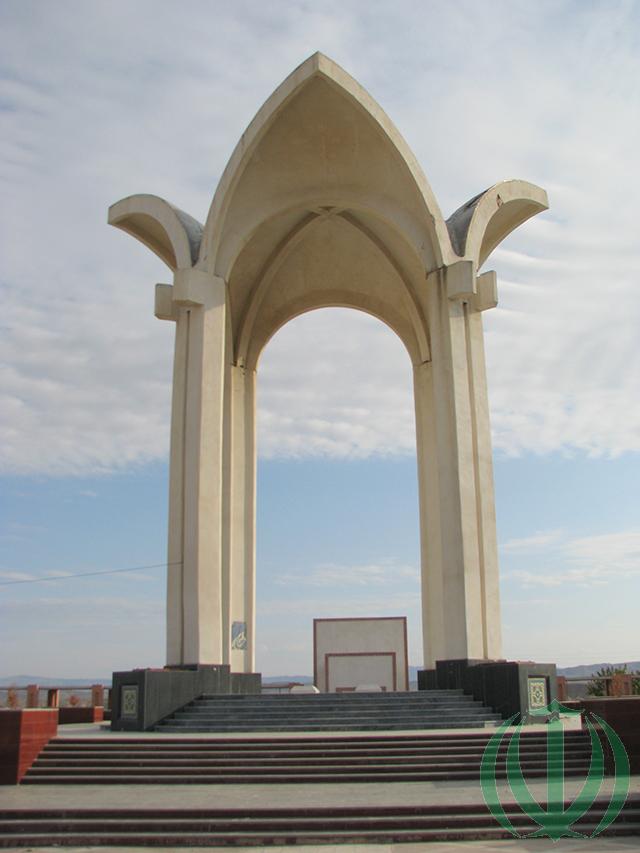Часть 2.
Рассказ о великом поэте, философе и классике туркменской литературы Махтумкули Фараги (Фараги – литературный псевдоним поэта, переводится как Разлучённый) я начал с красивой легенды
Родившийся в 1724 году, поэт прожил долгую жизнь. Он умер в 1807 году и был похоронен рядом с отцом южнее горного хребта Копет-Даг, у маленького села Ак Токай. Сейчас это село входит в шахрестан (район) Мараве Таппе, остана (области) Голестан в Исламской Республике Иран.
Впервые имя Махтумкули и легенду о нём я услышал 16-летним подростком от известного советского искусствоведа Галины Анатольевны Пугаченковой. Тогда, в 1969 году, я учился в вечерней школе и работал в Ташкентском археологическом отряде Института Истории и Археологии Академии Наук Узбекской ССР. Через несколько лет Издательство ЦК КП Узбекистана выпустило сборник стихов поэта – “Махтумкули. Избранная лирика.” Эту книгу я бережно хранил многие годы, а недавно передал в Иранскую библиотеку общества “Барадаран-наме”.
Посетив в 2016 году город Горган, я, к большому сожалению, не имел возможности почтить память этого великого человека. Поэтому, планируя новую поездку в Иран, мы с Марией Пири решили обязательно посетить мавзолей Махтумкули и поклониться его могиле.
В административном центре провинции Голестан – городе Горган – выяснили, что до села Ак Токай, где находится мавзолей, примерно 235 километров. Нам посоветовали ехать до города Гонбад-е-Кавус (95 км.) и там воспользоваться услугами местного водителя (ещё 140 км.).
Мы так и поступили.

Осенью туркменская степь покрыта высохшими за лето колючками. Но даже здесь неприхотливые местные овцы находят себе пропитание.

Эти же колючки заготавливаются для животных на зиму. Их скирдуют на возвышенностях вот в такие большие сооружения.

А вот и четвероногий хозяин этих мест. Нам пришлось даже остановиться, а потом медленно и осторожно объехать его.


Проезжаем посёлок покрупнее – едем медленно. Здесь находится школа, куда теперь уже на железных “скакунах” съезжается детвора на занятия.




Мавзолей, возведённый иранскими туркменами своему знаменитому земляку, достоин восхищения. Создателям мавзолея удалось в полной мере выразить и национальный характер туркменского народа, и природные особенности этого края, и подчеркнуть великую связь поэта с народом и родной землёй.
Мавзолей окружает холмистая степь – типичный пейзаж для большей части Туркменистана. Весною, в день рождения поэта (18 мая), эта степь покрывается нежной зеленью и яркими тюльпанами, так любимыми и воспетыми поэтом.
Могил в мавзолее две – самого Махтумкули Фараги и его отца – Доулат Мохаммада Азади.
Беломраморная арка как бы парит над могилами, не прикрывая, а возвеличивая их. Здесь нет препятствий для вольного степного ветра – символа свободолюбия туркменского народа. Здесь могилы не скрыты от лучей солнца днём и бездонного звёздного неба ночью – утверждая связь жизни и творчества поэта с высшими, общечеловеческими ценностями.







Мы посетили мавзолей Махтумкули Фараги 30 октября 2019 года. Был тёплый солнечный день. Нас, гостей, здесь было трое – Мария Пири, я и наш водитель Мухаммад. Ещё одной живой душой был милый и дружелюбный местный пёсик, получивший от нас угощение.
Позже мы узнали, что ежегодно, в канун дня рождения поэта почтить его память и помолиться за упокой его души сюда приезжают многие тысячи его благодарных почитателей.



А в самой деревушке Ак Токай постоянно живут всего 7 семей – менее 30 человек. Мы подошли к ближайшему дому. К нам вышли его обитатели – хозяйка Сейте, её сын Тареюш, невестка Фара и внук Шариф.
Узнав, что мы приехали сюда с берегов далёкого северного моря, хозяйка проявила трогательное гостепреимство, так присущее туркменскому народу – пригласила в свой дом отдохнуть (нас ждало такси и мы, поблагодарив, отказались) и подарила Марии платок. К счастью и у нас нашёлся ответный подарок её внуку…



(Продолжение следует)
Makhtumkuli
Part 2.
The story of the great poet, philosopher and classic of Turkmen literature, Makhtumkuli Faragi (Faragi is the literary pseudonym of the poet, translated as Separated) I started with a beautiful legend.
Having visited the city of Gorgan in 2016, I, unfortunately, did not have the opportunity to honor the memory of this great man. Therefore, when planning a new trip to Iran, Maria Piri and I decided to visit the Makhtumkuli Mausoleum and bow to his grave.
In the administrative center of the Golestan province – the city of Gorgan – it was found that about 235 kilometers were found to the village of Ak Tokai, where the mausoleum is located. We were advised to go to the city of Gonbad-e-Cavus (95 km.) And there to use the services of a local driver (another 140 km.).
We did just that.
And here is the four-legged owner of these places. We even had to stop, and then slowly and carefully drive around it.
There are two graves in the mausoleum – Makhtumkuli Faragi himself and his father – Doulat Mohammad Azadi.
The white marble arch, as it were, hovers above the graves, not covering, but magnifying them. There are no obstacles to the free steppe wind – a symbol of freedom of the Turkmen people. Here the graves are not hidden from the rays of the sun during the day and the bottomless starry sky at night – affirming the connection of the poet’s life and work with the highest, universal values.
We visited the mausoleum of Makhtumkuli Faragi on October 30, 2019. It was a warm sunny day. There were three of us guests here – Maria Piri, me and our driver Muhammad. Another living soul was a sweet and friendly local dog who received a treat from us.
Later we learned that every year, on the eve of the poet’s birthday, many thousands of his grateful admirers come to honor his memory and pray for the peace of his soul.
Upon learning that we came here from the shores of the distant North Sea, the hostess showed a touching hospitality, so inherent in the Turkmen people – she invited her to rest in her house (a taxi was waiting for us and, having thanked us, refused) and gave Maria a scarf. Fortunately, we also found a return gift to her grandson …
(To be continued)



0 Comments